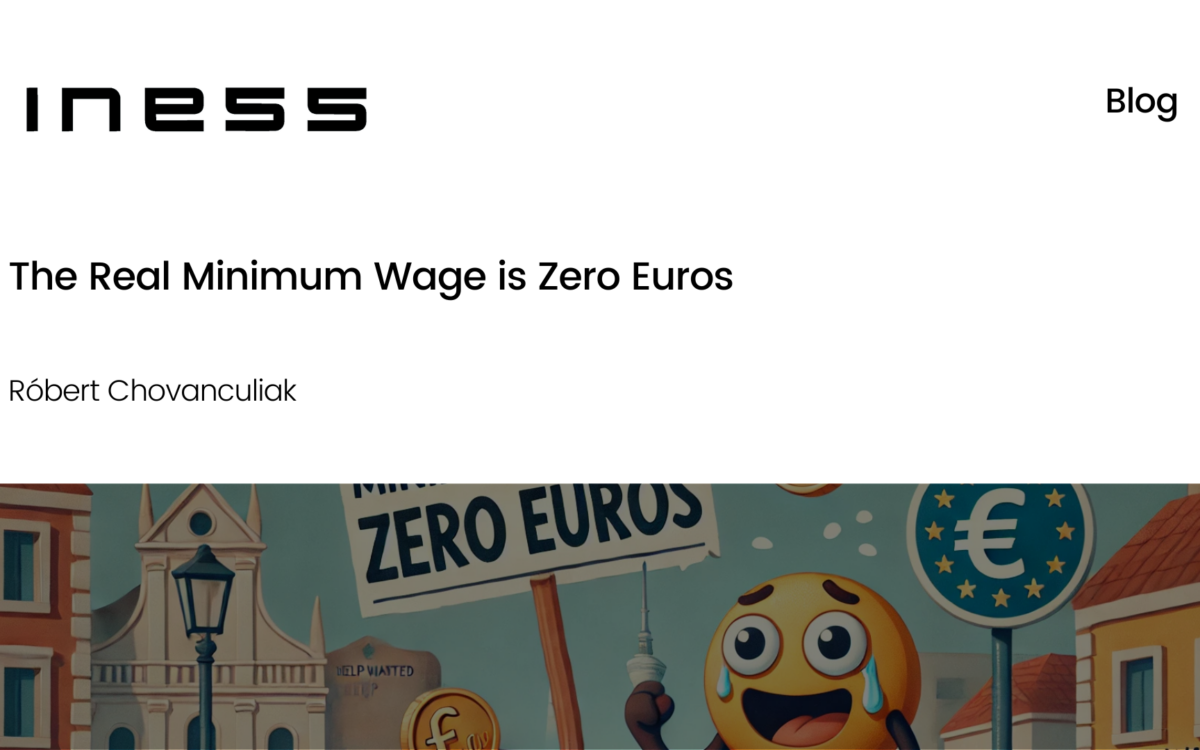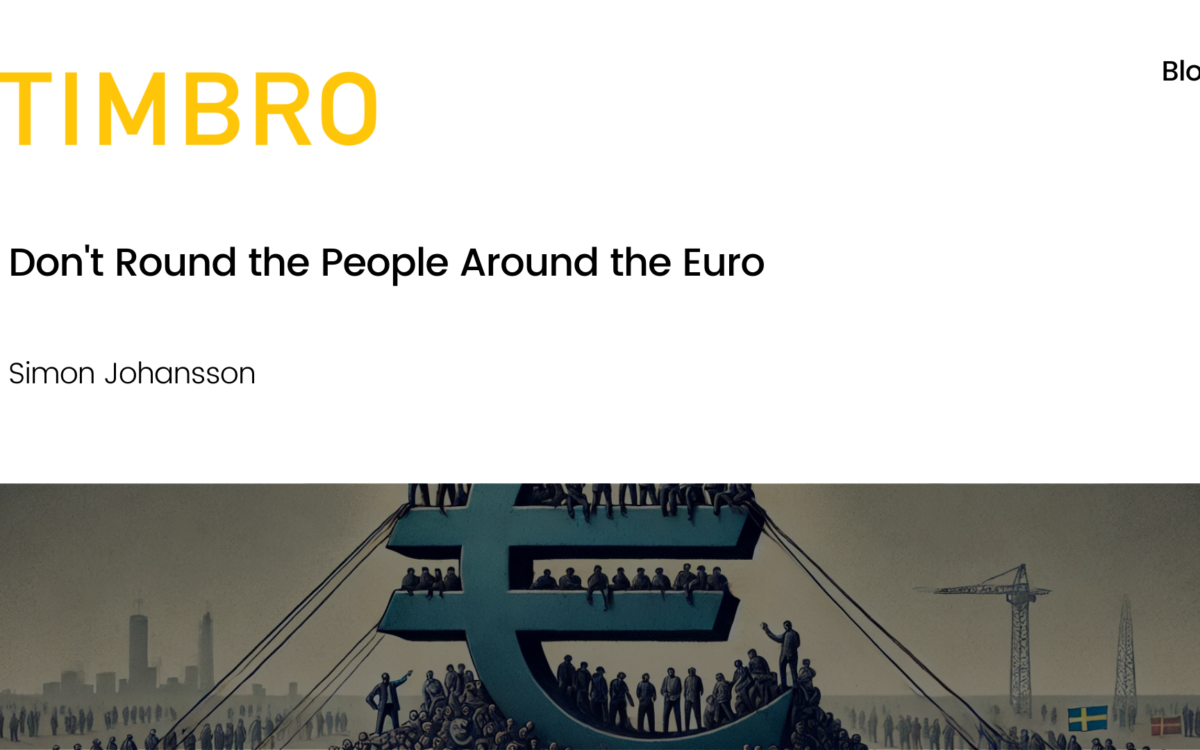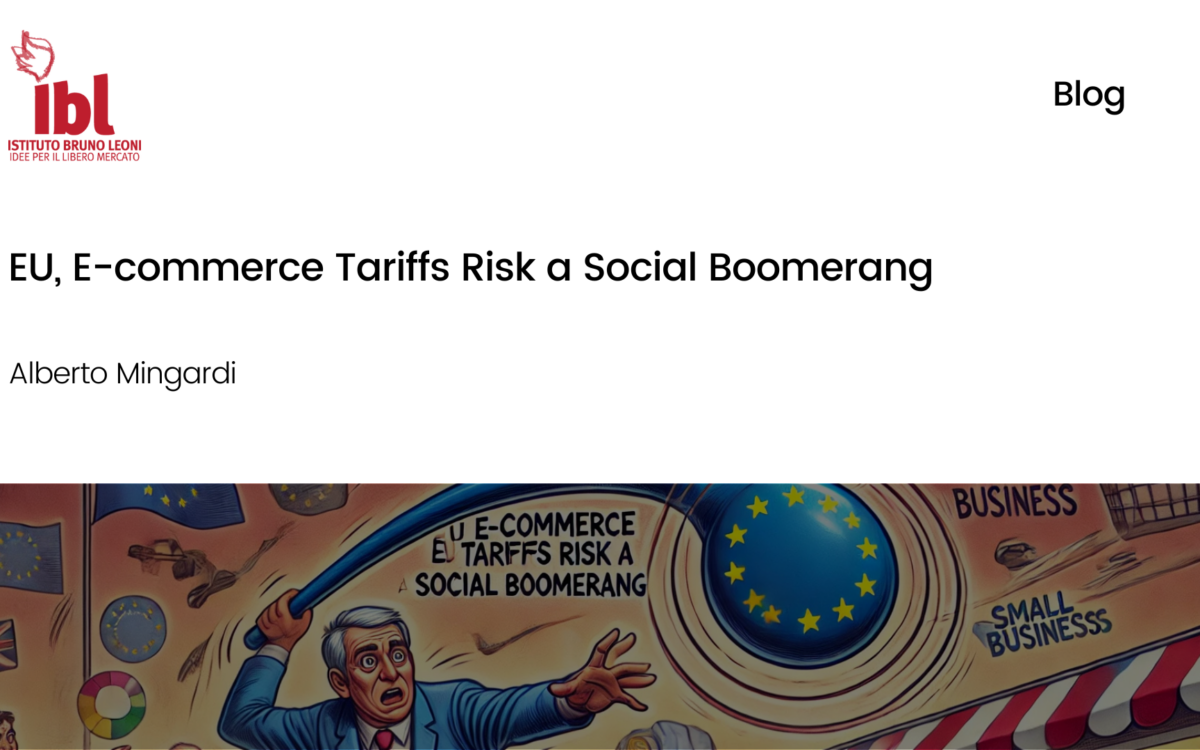Reshaping Eurasian Relations

Reshaping Eurasian Relations
Daniel Iturri Calvo // 11 June 2019
The European Commission has recently begun the process of rekindling the EU’s relationship with Central Asia, located at the crossroads between the Middle East, Western Asia, and Russia. The Commission released a Joint Communication that outlines a new EU Strategy on Central Asia, but no concrete policies have yet been announced.
The so-called “stans” states not only have remarkable geopolitical importance, but they also stand on some of the largest proved reserves of natural gas in the world. And given the recent outstanding political changes in the region – such as two historic regime transitions in Uzbekistan and Kazakhstan – it is crucial that the EU renovates the antiquated EU Strategy on Central Asia of 2007.
The need for new EU policy in the region is stressed by China’s controversial Belt and Road Initiative (BRI), which has already pumped billions of dollars of investment into the region. Moreover, the region’s trade with China has grown tenfold thanks to the BRI. But as the World Bank points out, the environmental and debt risks should warn Central Asia about the unsustainability of the initiative. Countries such as Djibouti and Sri Lanka have almost doubled their debt to GDP ratio, and Central Asia’s debt to China is steadily increasing. Importantly for Europe, letting China have major economic control over the region would prevent the EU from diversifying their oil and gas imports – which currently depend heavily on Russia – because Central Asia could instead increase the export of resources to their Chinese neighbors.
Kazakhstan and Turkmenistan hold the tenth and fourth largest known reserves of natural gas respectively, and petroleum oil imports from Kazakhstan account for almost 10% of all European oil imports. Tapping further into the region’s resources would reduce Russia’s grip on Europe’s energy – especially if the Trans-Caspian Pipeline can be completed – and enhance the European Commission’s efforts to diversify the sources of the EU’s energy. Policies such as the Enhanced Partnership and Cooperation Agreement (EPCA) with Kazakhstan are extremely beneficial to trade relations as they strive to reduce non-tariff barriers between regions while complying with the World Trade Organization’s regulations. The Commission’s revision of the strategic plan, however, should strive to finalize EPCA’s with other Central Asian nations given that only Kazakhstan has such an agreement with the EU.
By diversifying the EU’s energy supply not only will Europeans have a more reliable source of energy that doesn’t heavily depend on Russia’s Gazprom, but prices will also decline thanks to increased competition. Furthermore, liberalizing trade can lead to a rise in living standards in Central Asia, opening up the market for more European investment and even a “California effect”.
This phenomenon occurs when a country’s environmental and labour standards become stricter when businesses from developed nations install themselves and enact similar regulations to the ones used in their home country, which could heavily influence the region’s public policy for the better and bringing it closer to the EU.
Beyond energy, trade between the EU and Central Asia has steadily grown in the past several decades thanks to the economic development of the region. Almost 30% of Central Asia’s trade is with the EU, mainly being raw materials such as Uranium and Gold. Additionally, Foreign Direct Investment from the EU to Central Asia totals around €70 billion, mostly directed to Kazakhstan. Signing and ratifying ECPA’s with the region further facilitates these investments by promoting stability within each state and ensuring the security of investment for European businesses. And even with the eventual decline of fossil fuels Central Asia has a massive potential to become a green energy powerhouse and a reliable link for trade between Europe and Asia.
Besides economic advantages deriving from a sustained partnership, there are a number of other reasons why bridging the gap between the two regions would benefit both parties. Increasing Europe’s involvement in the region could improve the infamous Human Rights record of Central Asia, where prisoners of conscience are only recently beginning to be freed. Emphasizing cooperation between the regions would also help the EU in its efforts to halt the spillover of terrorism into Central Asia coming from the war-inundated Middle East. Lastly, reaching diplomatic agreements with the states could help stabilize the region and aid in the peace process of the neighbouring Afghanistan by enhancing the existing drug action programmes that hurt the Taliban’s lucrative opium farming.
The former Soviet States of Central Asia have fallen behind in development compared to the states that surround them, but their geopolitical advantage has increased their relevance in the world economic stage. It is now the EU’s job to take the lead in the rise of the “stans” by forming alliances that improve the region, halt the increase of debt due to China’s BRI, and diversify the EU’s energy supplies.
EPICENTER publications and contributions from our member think tanks are designed to promote the discussion of economic issues and the role of markets in solving economic and social problems. As with all EPICENTER publications, the views expressed here are those of the author and not EPICENTER or its member think tanks (which have no corporate view).



